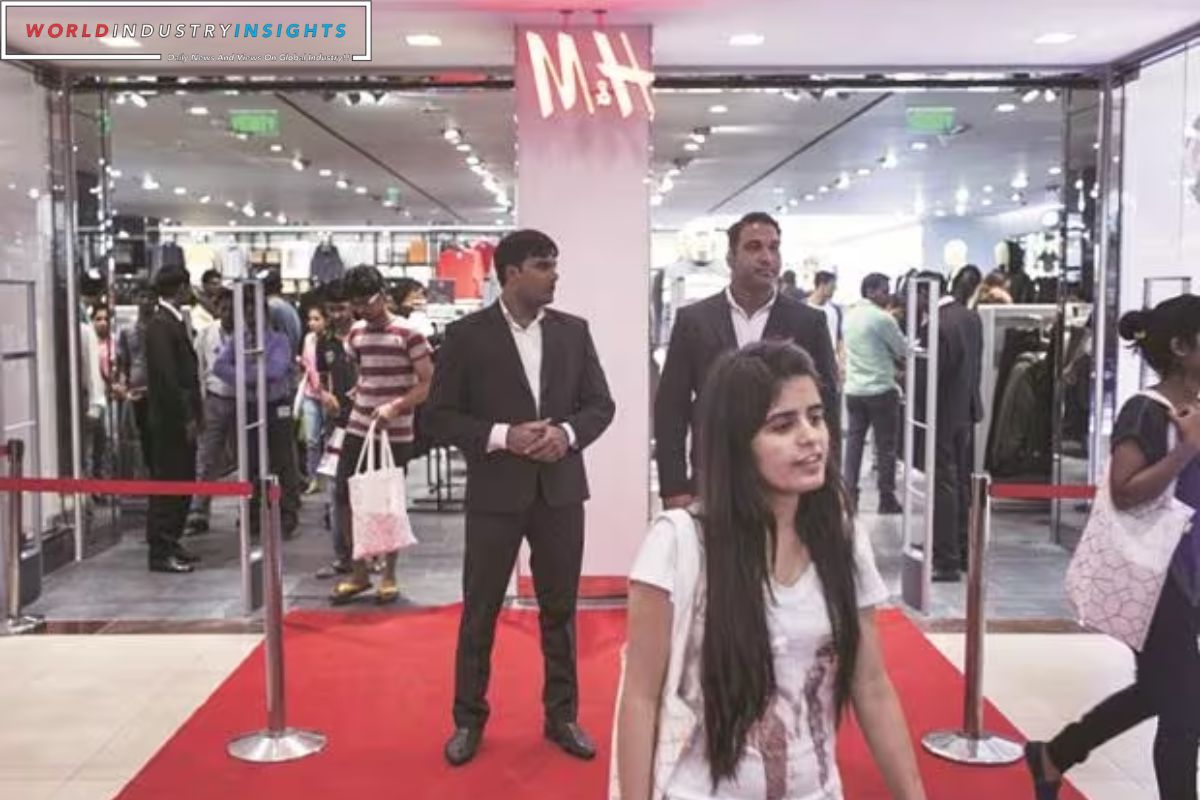Shein Surging Threat: In the ever-evolving landscape of fast fashion, Shein, the online retail giant, is emerging as a formidable challenger to established players like Zara and H&M. As Zara-owner Inditex and H&M prepare to disclose their recent sales results, investors are closely examining how these fashion pioneers respond to Shein’s disruptive force.
Shein, with a valuation soaring and an impending IPO, achieved approximately $23 billion in global revenue in 2022, accounting for nearly one-fifth of the global fast-fashion market, outpacing Zara and H&M. What sets Shein apart is its ability to quickly adapt to consumer preferences, offering a vast array of products at incredibly low prices think $5 t-shirts and $10 sweaters.
Rui Ma, an analyst and founder of the newsletter Tech Buzz China, notes that Shein’s strength lies in its adaptability, acknowledging that predicting fashion trends is not their forte. Instead, they excel in ramping up production swiftly. This contrasts with the traditional fast-fashion model, where brands like Zara and H&M anticipate trends, pre-order products months in advance, and commit to large order volumes.
Deutsche Bank‘s recent downgrade of Inditex and H&M to a “sell” rating reflects the challenges posed by Shein and its fast-growing competitor, Temu, owned by PDD. The pressure from Shein has led to concerns about price deflation within the clothing sector. H&M, however, declined to comment on Shein’s market share, while Zara did not immediately respond to inquiries.
One key aspect of Shein’s strategy is its network of primarily China-based suppliers. This unique supply chain allows the retailer to accept small initial orders and scale up based on demand, providing flexibility that traditional players lack. Despite facing criticism for alleged design theft, Shein’s ultra-fast production cycle sets it apart as a major disruptor.
In a lawsuit earlier this year, Shein was accused of using artificial intelligence and a proprietary algorithm to scrape the internet for design ideas, sometimes resulting in direct plagiarism. However, the core of Shein’s strategy remains tapping into a network of suppliers that embrace a non-traditional manufacturing approach.
Also Read: Shein Fashion Frenzy: A Stealthy $90 Billion U.S. IPO in the Works?
While Zara and H&M grapple with challenges like intellectual property infringement accusations, Shein’s direct-to-consumer model gives it a speed advantage. Shein typically receives orders within five to seven days and can swiftly send products directly to consumers via air freight. This contrasts with the distribution challenges faced by brick-and-mortar retailers operating on a global scale.
Shein’s rapid delivery model aligns with evolving consumer expectations. The faster customers receive a garment, the less likely they are to return it. This advantage positions Shein as a strong contender in the fast-fashion race, especially against H&M.
From November 2022 to November 2023, Zara and H&M introduced 40,000 and 23,000 new items to the U.S. market, respectively. In contrast, Shein launched a staggering 1.5 million products during the same period 37 times more than Zara and 65 times more than H&M. This stark contrast underscores Shein’s ability to flood the market with diverse products at an unprecedented scale.
As Inditex and H&M navigate the evolving dynamics of the fast-fashion industry, the looming question remains: Can they effectively respond to Shein’s disruptive force, or will the online giant reshape the landscape of affordable fashion as we know it?
In the fast-paced world of fashion, Shein’s ascendancy challenges the status quo, leaving traditional players with a critical task adapt or risk losing relevance in the ever-changing marketplace. Investors, analysts, and fashion enthusiasts alike eagerly await the next chapter in the unfolding narrative of Shein’s impact on the global fashion industry.
Our Reader’s Queries
What is going on with Shein right now?
Shein has come under fire for allegedly partnering with manufacturers that have violated labor rights. A recent investigation by Sixth Tone, a Chinese digital publication, revealed a concerning trend of “loose oversight and poor working conditions” at some of the factories used by the company. This has raised serious concerns about the ethical practices of Shein and its commitment to ensuring fair treatment of workers in its supply chain.
What are the main issues with Shein?
Shein has emerged as a major player in the fast-fashion industry on a global scale. However, the company’s reputation has been tarnished by its association with China and accusations of unethical practices such as forced labor in its supply chain, flouting labor laws, and plagiarizing designs from independent artists.
Is Shein and Temu owned by the same company?
Temu and Shein are distinct entities, despite their comparable product offerings and pricing. These companies are owned and managed by separate corporations. Temu, headquartered in the United States, is a subsidiary of Chinese firm PDD Holdings, Inc. Meanwhile, Shein is under the ownership of Chinese billionaire Chris Xu.
What is the deal with Shein?
Shein, the ultra-fast fashion brand, has gained notoriety for its unethical practices, particularly the mistreatment of factory workers. The working conditions of Shein employees are often subpar, which is a contributing factor to the brand’s low prices.


